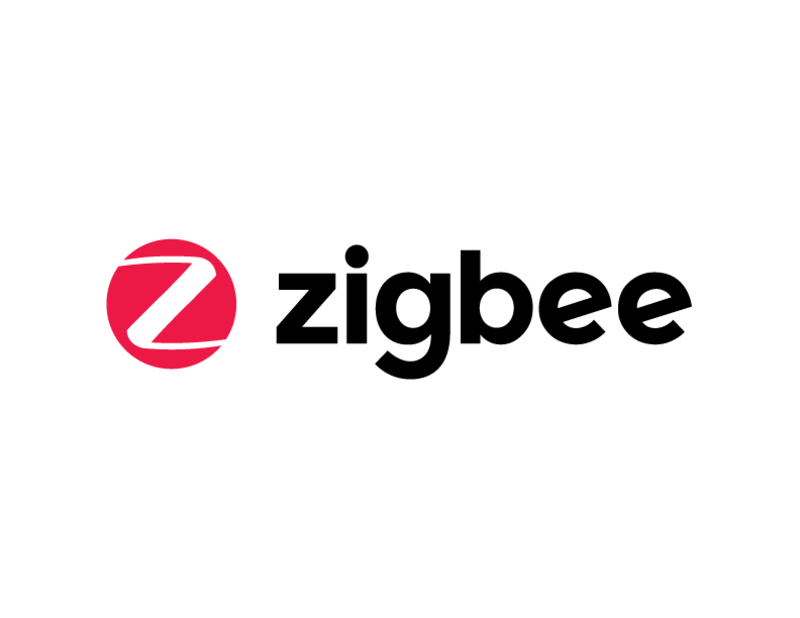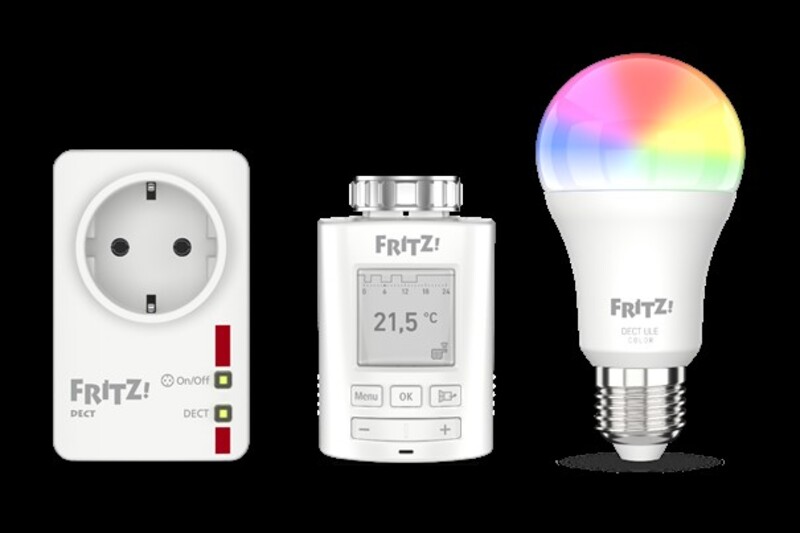
UPDATED ✅ Amazon Sidewalk is the new wireless network protocol from Jeff Bezos’s company for IoT equipment ⭐ ENTER HERE ⭐ and Learn more
Amazon is a company that always looking to provide innovations and new technologies to your community. For this reason, it has now surprised us with a new connection protocol that allows us to have great coverage with greater frequency.
The main idea of this innovation is to solve those loose ends that cannot be achieved by the technologies that we already know, such as the Wifi. This is one of the most current news, and it is considered that is the technological revolution.
If you are interested in knowing more about this technology, how it works and its qualities that make it unique, we invite you to read below, because in this post we leave you everything you need to be aware of this innovation.
What is Amazon Sidewalk and what is this new technology for?
Last time, at a hardware event in SeattleAmazon launched a big announcement, and it was that Sidewalk arrived, a totally new protocol, under the broadband and long distance connection, developed with the purpose of connecting more efficiently all the devices inside or outside our house.
Amazon argues that with this innovation seeks to solve the problems that Bluetooth and Wi-Fi are not enough to solve, and this being the one that consumes the least compared to 5G which is very complex and has a high cost.
“We came up with something we’re calling the Amazon Sidewalk,” said Amazon device chief Dave Limp.
Is this a totally free new low bandwidth network with an existing 900 megahertz over-the-air spectrummentioned that according to studies, it is the most suitable for keeping track of things and always keeping them updated.
Although, as it is still something new, there are some details that can be improved. But Amazon claims it’s totally handy for connecting devices up to a mile away, whenever depending on the location of the base station and devices.
Amazon for now announced that it will publish the protocol, and will give time for different manufacturers to integrate to this connection and connect between the different devices.
From the little that is known, we can say that it is the evolution for the connection that will allow us to make great progress in this era in which we live.
What are the main characteristics of the Amazon wireless network protocol?
Amazon alleges that the devices called Internet of Things they can do many things more efficiently if they had a better wireless connection. This makes life easier for us we place sensors in places where we need to consult constantly state or situation.
All this is better understood knowing some of its characteristics:
Frequency band used
It has as function expand coverage, with a frequency band of 900MHz. Your signal will attenuate very little and is capable to transfer its frequency over the wallscausing a bounce until reaching the destination.
Another very important aspect, as we have already mentioned, is the little energy it consumessince IoT devices won’t have to use much power to achieve a stable connection, so it wouldn’t matter if the devices have small rechargeable batteries.
Among Amazon’s plans is to publish this great network protocol, which will undoubtedly serve to increase your connection range between the different devices.
speed and coverage
IoT devices have great speed, which means they don’t need it. Since in itself an IoT device only receive and send an instruction packetsuch as turning the light on or off, checking for moisture somewhere, or other basic activities.
It’s a protocol more than anything for those devices that demand more activities, where you can include up to the firmware update automatically. In itself, more than speed, this protocol offers greater coverage.
Amazon Sidewalk Mesh
This feature is very interesting because with this new Amazon protocol, a mesh network is searched. In other words, a network where everyone around them can connect with each otherthis with the aim of increasing the wireless coverage that connected IoT devices will provide us.
Amazon has managed to verify that the important thing for a good communication is not the speed but the signal or coverageso he shows that, with a coverage of several access points up to 500 meters, will allow us to have a better experience.
Mesh guarantees us that the more houses or more points there are, better coverage we will have between IoT devices.
Amazon Sidewalk vs WiFi: Which is better and how are they different?
As we know, Amazon seeks to implement a technology that reaches a greater ground in terms of coverage, while Wi-Fi offers more than anything is greater speed. But to give more detail read below.
Security
amazon search implement a better system security when communicating and transmitting data, so that they are not altered. For this reason, its frequency in some places is higher than that of Wi-Fi. On the other hand, Wi-Fi offers a secure connection but not enough, because leaves many gaps where it exposes us to threatsso the Sidewalk is better in comparison.
Scope
As we have already mentioned enough, and will continue to do so, Sidewalk efficiently covers this big problem that Wi-Fi has not managed to do. Amazon’s opinion is that a device with greater coverage and greater range have better communication and the rest is linked together with it. Let us also remember that Amazon has designed this technology for IoT devices.
Speed
For now the main objective of Amazon not fast communication or fast data transmission, because as we already mentioned, its objective is to provide a greater scope for connection and communication between devices, and that is logically a good speed is useless when your coverage is not enough.
What other protocols for alternative loT devices to Amazon Sidewalk exist?
There are different protocols that may also perform the same or similar features of Amazon Sidewalk. Such qualities are: great coverage and low power consumption on the different connected devices; In addition, thanks to the coverage it offers, many more activities can be requested at the same time.
ZigBee

This is a wireless communication protocol that is based under standard 802.15.4 encryption of wireless networks, whose objective is to achieve secure communication with wide wireless coverage and with slightly low power consumption, because it is specifically focused on IoT devices.
Another important feature of this protocol is that it also incorporates mesh network technologies, known as Mesh. It even provides easy integration, as it allows us to make connection nodes with very little electronics.
ZigBee allows us to connect to a maximum of 65535 nodes, which are distributed in smaller networks. This typology can be star and even tree.
This kind of low frequency band technologyin order to improve coverage, normally uses a frequency of 868 MHz in Europe and 915 MHz in the US, although on some occasions can get to use 2.4GHz. It is a free protocol throughout the world, where it does not need specific developers to be used.
Zigbee offers a maximum coverage of 100 meters, with a data speed of 250Kbps, which is enough to perform basic tasks on IoT devices, and even update equipment firmware. If we use a band of 868 MHz in Europe, round speed would be 20Kbps.
Within Zigbee technology there are other sub-devices, where the coordinator is in charge of controlling the network as such, as well as the paths so that the devices can connect to them; the router is the one that interconnects with the devices that are separated by the network topology. In other words, it is in charge of routing the traffic, thus avoiding a collapse in the networks.
The last sub-device is the final device, known as IoT, which is in charge of wirelessly connecting the router directly with the coordinator, this being the basis of everything.
LoRa

East is a wireless communication protocol that uses a frequency of 800 and 900 MHz, in order to expand coverage, a quality that improves communication. coverage can come up to a distance of 5 km in urban areas, these being areas where the interference is supposed to be greater, and in remote places with a range up to 15 km.
Compared to Zigbee, it uses less power, with a round speed of 0.3 to 22 Kbps with a modulation LoRA, but can be increased up to 100 Kbps using GFSK. The network topology of LoRA is very similar to that of Zigbee as they connect directly with IoT devices.
But using this protocol brings with it some disadvantages, as is the speed, the network size (it is limited) and it is not the most ideal for real-time applications that require minimal latency. Yes indeed, Provides high efficiency to avoid interference.
DECT

This is one of the popular protocols, because it is the most standard allowing digital wireless connection correctly. Today most of the cordless phones we buy have this technology, because it is the most suitable for connecting with the base, sending and receiving information.
This standard counts with a frequency of 1900 MHz in Europe, with a speed of approximately 32 Kbps and a range of up to 300 meters. One of the most important manufacturers as it is AVM FRITZhas been using this technology in its wireless (Wi-Fi) routers for many years now, with functions beyond simply connecting cordless phones.
NB-IoT
NB-IoT is one of the most widely used 3GPP networks for the Internet of Thingsthis technology being dependent on 2G, 3G, 4G or 5G, promoting greater wireless coverage to devices, and it is the 3GPP response to protocols such as Zigbee and LoRA, as we have previously shown.
This type of technology focuses primarily on coverage for Interior spaces, with a low price. It extends to the maximum the autonomy of the batteries of the devices, in other words it does not need a high energy consumption.
LTE-M
LTE-M is a protocol very similar to the previous one, one of its advantages being the great download and upload speed, reaching up to 1Mbps. It is widely used in M2M communications, a sector where it enjoys great popularity. But the difference is the cost, which is much higher than NB-IoT.
networks